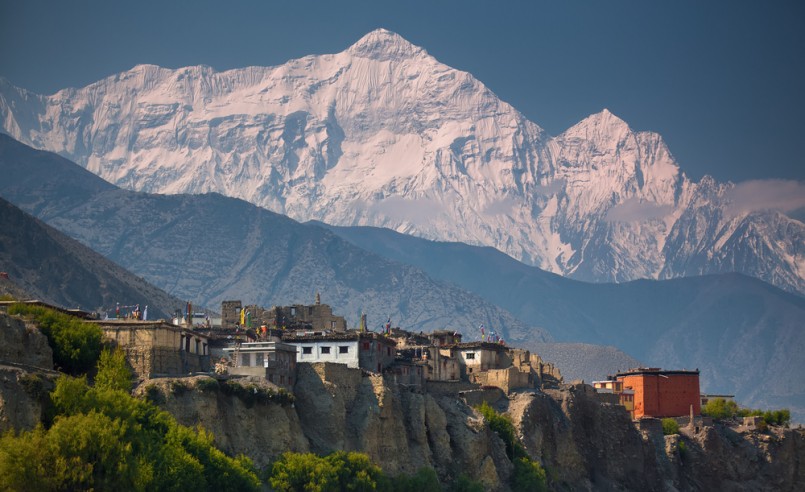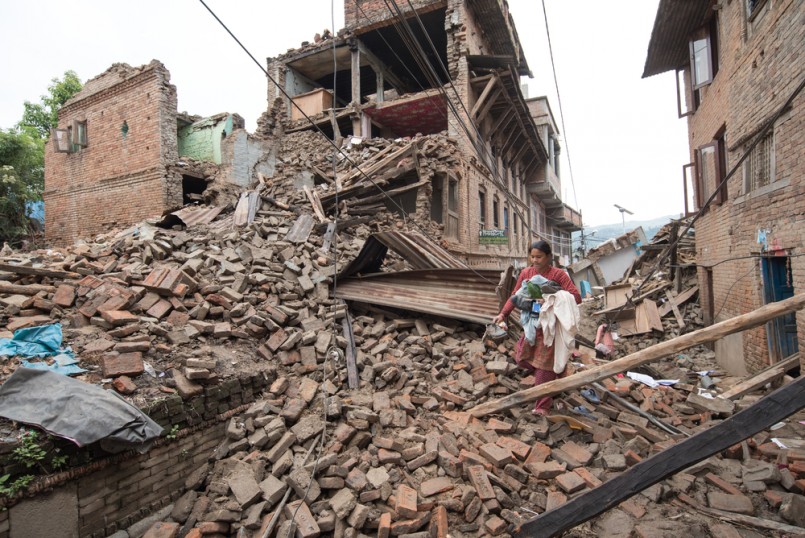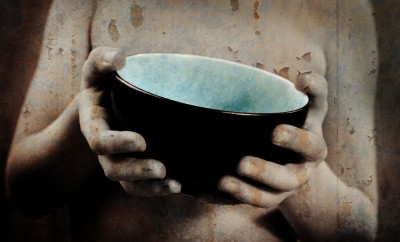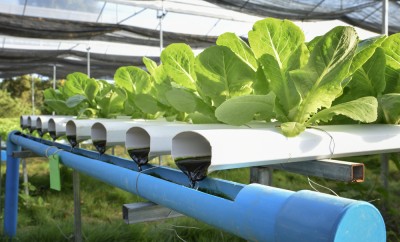Asia
How Nepal has transformed in a year

Image: Shutterstock/Anton Jankovoy
Last year on April 25, Nepal suffered an earthquake that devastated the country. The country is very near the border of the Indian and Eurasian tectonic plates, making it vulnerable to earthquakes. Around 9000 were killed and another 23,000 injured in Nepal, and less than 100 killed in both neighboring countries, China and India. A year later, the country is still scrambling to recuperate and take care of its citizens.
Nepal is one of the poorest countries in Asia so this kind of disaster has shattered their economy. By following the National Reconstruction Authority’s rules, the government is willing to give families 200,000 rupees (about $2,000) to help reconstruct their houses, but they require proof of ownership, which is uncommon with many Nepalese homeowners. It is their tradition to inherit the house from family members and they often forego the necessary paperwork. Other than that, the government is unable to aid its citizens economically and must look outward for help.
The capital of the country, Kathmandu, was not actually completely destroyed. Certain buildings and monuments survived the tremors and most of the rubble has been cleared away. Public places are being taken care of and somewhat maintained, as a way to attract tourists. While some buildings and roads were left in tact, people’s houses were turned into rubble. The houses do not have structures that follow codes that help protect them from these kinds of disasters. Because of the slow reconstruction of houses as a result of lack of monetary aid, the people are left homeless to live under tarp tents. A full year later, and people are still without a place to live.
The people of Nepal have come together through this suffering and have worked together to get their country back. However, a year later, they are still experiencing the effects of the earthquake. Because the strict restraints the government has set on giving the victims economic compensation, families have had to make sacrifices to do whatever they can to get by. Children as young as 10 are working in brick factories to make enough to help their families restart their lives or as cotton candy vendors trying to make money off anyone who can spare it.
Nepal’s citizens have held many events to commemorate those lost and injured in the natural disaster. There have been peaceful candle-lit memorial services and cheerful events with decorated events. At the same time, there have been more violent reactions to how the government has handled the situation, specifically in terms of housing. The people have taken their unrest to the streets and protested against the prime minister’s approach.
Nepal will require aid from the rest of the world in order to get back on its feet. The people are restless and have not received much response from their own government. What this situation demands goes beyond money. They are in need of people who are able to invest in its future, whether through donations, volunteering, or simply raising awareness. It will take time to reconstruct the country, but the payoff is worth it.






0 comments